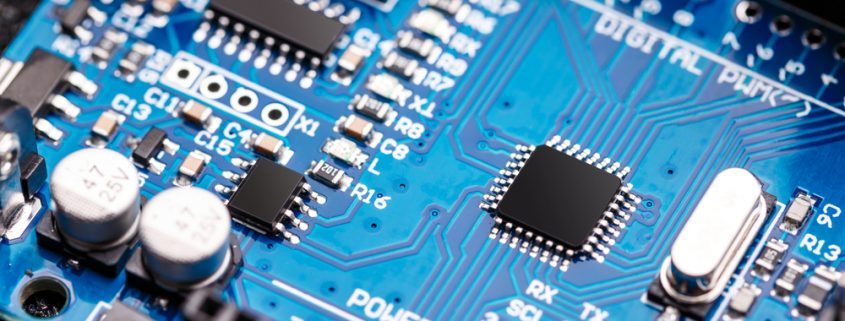Differences and Similarities of Analog and Mixed Signal ASIC Design
It is important to know more about the applicability and the role of application-specific integrated circuits (ASICs) through their historical origins. This can also be used to differentiate analog and mixed-signal ASIC design.
Integrated circuits first came into the limelight in the early 1960s. Basically, these items contained just a number of transistors with limited digital logic functions.
Here is a list that describes the evolution of integrated circuits over the decades.
- Small scale integration (a few transistors)
- Medium scale integration (10-100 transistors)
- Large scale integration (100-1,000 transistors)
- Very large scale integration (up to 100,000 transistors)
- Integrated circuits
ASIC Beginnings
The first digital ASICs were developed with the use of a standard cell library that consists of fixed height, variable-width tiles that contain the digital logic functions. It is the ability of these blocks over and over that enabled to save time and money in designing a custom logic IC.
Since analog applications would typically involve higher voltages, such ICs would require their own unique set of manufacturing processes. In fact, a merger between analog and digital functionality onto a single silicon chip has increased market demands for a smaller size, lower power consumption, and higher speeds.
Combining Analog and Digital
The significance of mixed-signal integrated circuits is that it has both analog and digital circuits on just the same chip. Mixed-signal ASIC design offers engineers the potential to reduce complex, multiple-integrated circuit designs to a single IC.
Mixed-signal ASICs also have become widely available and commercially viable. Some of the benefits of analog and mixed-signal ASIC are
- Cost reduction
- Improved reliability
- Intellectual property protection
- Low power
- Miniaturization
- Performance improvement
Analog and mixed-signal ASIC design are both found in products used by millions of consumers the different segments of the market
- Healthcare to cosmetics
- Industrial sensors to flight control
- Instrumentation
- Mobile devices to credit card scanners
When building a mixed-signal ASIC design, you are combining the competences of the analog and digital circuit designs, which include
- Analog-to-digital conversion via all methods, such as sigma-delta modulation
- Circuit design with linear circuits as well as switched capacitor circuit techniques
- Design of low power circuits
- Development of test procedures, test patterns, and test structures or ASICs
- Mixed-signal ASIC design and modeling
ASIC Uses
On the other hand, analog ASICs have played an important role in the lives of people. In fact, the absence of such technology, no portable electronic devices that you use in day-to-day life would seem to exist.
You can just imagine a world without mobile phones, MP3 players, or navigation systems. Nevertheless, building these ICs on standard products would be expensive, as it is also impossible to bring them along with your pockets or purses.
Each automobile of today contains dozens of ASIC chips that enable the mechanism for climate control, deployment of the airbag, and suspension control to entertainment systems. At the same time, it can help many establishments, such as hospital/medical equipment, suspension control, and entertainment systems.
LMI ASIC Design House
ASICs requiring high analog content must be directed to those who design houses specializing in analog circuit design as opposed to those who just pick analog IP blocks from the library. Contact Linear MicroSystems today for a free proposal today!
Linear MicroSystems, Inc. is proud to offer its services worldwide as well as the surrounding areas and cities around our Headquarters in Irvine, CA: Mission Viejo, Laguna Niguel, Huntington Beach, Santa Ana, Fountain Valley, Anaheim, Orange County, Fullerton, and Los Angeles.






